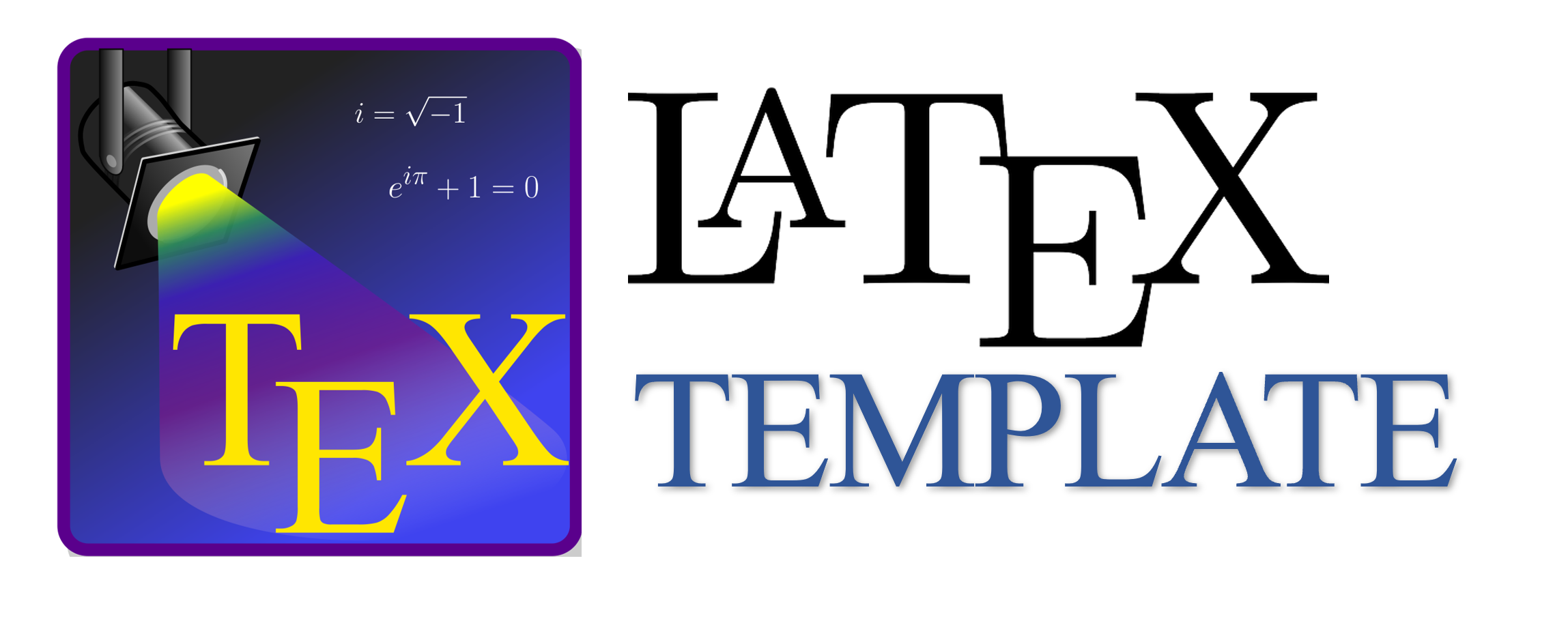Pola Faktor Keragaman pada Respons Dikrit
Abstract
Keywords
Full Text:
PDFReferences
F. Nurjanah, "Konsistensi Respons pada Skala Kontinu" Ph.D. dissertation, IPB University, 2018.
R. E. McGrath, M. Mitchell, B. H. Kim, and L. Hough, "Evidence for response bias as a source of error variance in applied assessment." Psychological Bulletin, vol. 136, no. 3, pp. 450-470, may 2010, doi: 10.1037/a0019216.
Y. Van Vaerenbergh and T. D. Thomas, "Response Styles in Survey Research: A Literature Review of Antecedents, Consequences, and Remedies" International Journal of Public Opinion Research, vol. 25, no. 2, pp. 195-217, jun 2013, doi: 10.1093/ijpor/eds021.
P. Sedgwick, "Questionnaire surveys: sources of bias" BMJ, vol. 347, no. aug30 1, pp. f5265-f5265, aug 2013, doi: 10.1136/bmj.f5265.
E. Jensen and Y. Narulita, Brain-Based Learning: The New Science of Teaching & Training (Pembelajaran Berbasis Kemampuan Otak: Cara Baru dalam Pengajaran dan Pelatihan), revisi ed. Yogyakarta: Pustaka Pelajar, 2008.
F. Bais, B. Schouten, and V. Toepoel, "Investigating Response Patterns Across Surveys: Do Respondents Show Consistency in Undesirable Answer Behaviour over Multiple Surveys?" Bulletin of Sociological Methodology/Bulletin de M´ethodologie Sociologique, vol. 147-148, no. 1-2, pp. 150-168, aug 2020, doi: 10.1177/0759106320939891.
D. L. Mothersbaugh and D. I. Hawkins, Consumer Behavior: Building Marketing Strategy, 13th ed. McGraw-Hill Education, 2015.
E. R. Hilgard, "The trilogy of mind: Cognition, affection, and conation" Journal of the History of the Behavioral Sciences, vol. 16, no. 2, pp. 107-117, apr 1980, doi: 10.1002/1520-6696(198004)16:2h107::AID-JHBS2300160202i3.0.CO;2-Y.
N. Omar, M. M. Mohamad, M. I. Mukhtar, and A. N. Paimin, "Influence of Cognitive, Affective, and Conative Elements in Promoting Engineering Problem Solving Skills" Journal of Technical Education and Training, vol. 11, no. 2, jun 2019, doi: 10.30880/jtet.2019.11.02.003.
M. T. Satya, A. K. Karamoy, L. Listiawati, and A. Fidayan, "E Effect of Cognitive, Afective, Conative and E-Satisfaction on Repurchase Intention" The Enrichment : Journal of Management, vol. 11, no. 2, pp. 297-304, 2021, doi: https://doi.org/10.35335/enrichment.v11i2.78.
I. Trandafilovic, V. Pa ´ si ˇ c, and S. Perunovi ´ c, "The research of cognitive and affective´behaviour during shopping" Facta Universitatis / Series economics and organization / University of Niˇs, vol. 10, no. 2, pp. 147-164, 2013.
F. Quoquab and J. Mohammad, "Cognitive, Affective and Conative Domains of Sustainable Consumption: Scale Development and Validation Using Confirmatory Composite Analysis" Sustainability, vol. 12, no. 18, p. 7784, sep 2020, doi: 10.3390/su12187784.
S. K. Chowdhury and M. Salam, "Predicting Attitude Based on Cognitive, Affective and Conative Components: An Online Shopping Perspective" Stamford J. Bus. Stud., vol. 6, pp. 1817-1680, 2015.
W.-Y. Hwang, C. Kongcharoen, and G. Ghinea, "Influence of Students' Affective and Conative Factors on Laboratory Learning: Moderating Effect of Online Social Network Attention" EURASIA Journal of Mathematics, Science and Technology Education, vol. 13, no. 3, pp. 1013-1024, dec 2016, doi: 10.12973/eurasia.2017.00655a.
M. Bavdaz, "Sources of measurement errors in business surveys" Journal of Official Statistics, vol. 26, no. 1, pp. 25-42, 2010.
H. F. Weisberg, The Total Survey Error Approach: A Guide to the New Science of Survey Research The Total Survey Error Approach: A Guide to the New Science of Survey Research. Chicago: University of Chicago Press, 2005.
A. Zahedian, R. A. Saba, and R. Saba, "Measurement Error Estimation Methods in Survey Methodology" Appl. Appl. Math. An Int. J., vol. 11, no. 1, pp. 97-114, 2016.
S. Sugiyono, Metodologi Penelitian Kuantitatif, Kualitatif, dan R&D. Bandung: Alfabeta, 2017.
I. F. Asiegbu, P. D. M, and C. Iruka, "Consumer Attitude: Some Reflections on Its Concept, Trilogy, Relationship with Consumer Behavior, and Marketing Implications" Eur. J. Bus. Manag., vol. 4, no. 13, pp. 38-50, 2012.
T. Winarsunu, Statistik dalam Penelitian Psikologi Pendidikan. Malang: UMM Press, 2009.
M. Singarimbun and S. Effendi, Metode Penelitian Survei, revisi ed. Jakarta: LP3ES, 2014.
R. E. Walpole, Pengantar Statistika. Jakarta: Gramedia Pustaka Utama, 1993.
M. B. Brown and A. B. Forsythe, "Robust Tests for the Equality of Variances" Journal of the American Statistical Association, vol. 69, no. 346, pp. 364-367, jun 1974, doi: 10.1080/01621459.1974.10482955.
W. Ayne and W. Daniel, Statistika Nonparametrik Terapan. Jakarta: Gramedia Pustaka Utama, 1989.
R. E. Walpole, Pengantar Statistika. Jakarta: Gramedia Pustaka Utama, 1995.
K. Setiawan, Buku Ajar Metodologi Penelitian. Lampung: Universitas Lampung, 2019.
M. Susilawati, Bahan Ajar Perancangan Percobaan. Bali: Universitas Udayana, 2015.
A. Nanda, D. B. B. Mohapatra, A. P. K. Mahapatra, A. P. K. Mahapatra, and A. P. K. Mahapatra, "Multiple comparison test by Tukey's honestly significant difference (HSD): Do the confident level control type I error" International Journal of Statistics and Applied Mathematics, vol. 6, no. 1, pp. 59-65, jan 2021, doi: 10.22271/maths.2021.v6.i1a.636.
DOI: https://doi.org/10.34312/jjom.v5i1.15556
Copyright (c) 2023 Fitri Nurjanah, Budi Suharjo, Hadi Sumarno

This work is licensed under a Creative Commons Attribution-NonCommercial 4.0 International License.
Jambura Journal of Mathematics has been indexed by
Jambura Journal of Mathematics (e-ISSN: 2656-1344) by Department of Mathematics Universitas Negeri Gorontalo is licensed under a Creative Commons Attribution-NonCommercial 4.0 International License. Powered by Public Knowledge Project OJS.
Editorial Office
Department of Mathematics, Faculty of Mathematics and Natural Science, Universitas Negeri Gorontalo
Jl. Prof. Dr. Ing. B. J. Habibie, Moutong, Tilongkabila, Kabupaten Bone Bolango, Gorontalo, Indonesia
Email: [email protected].



















